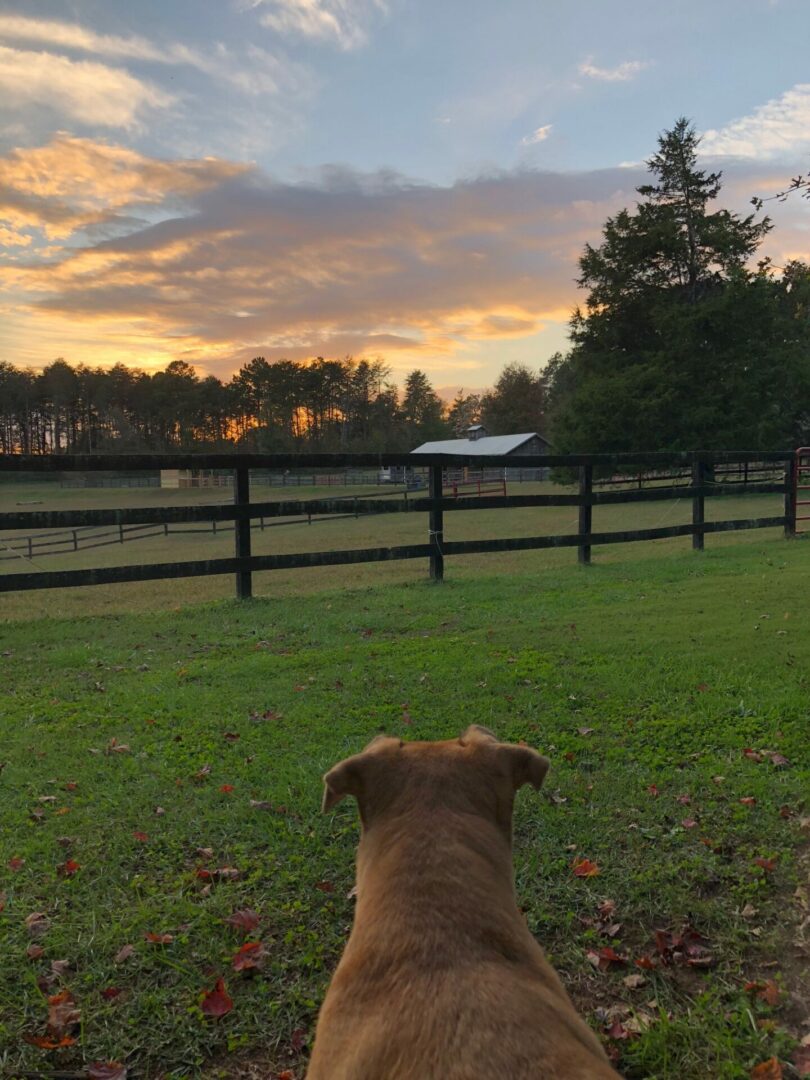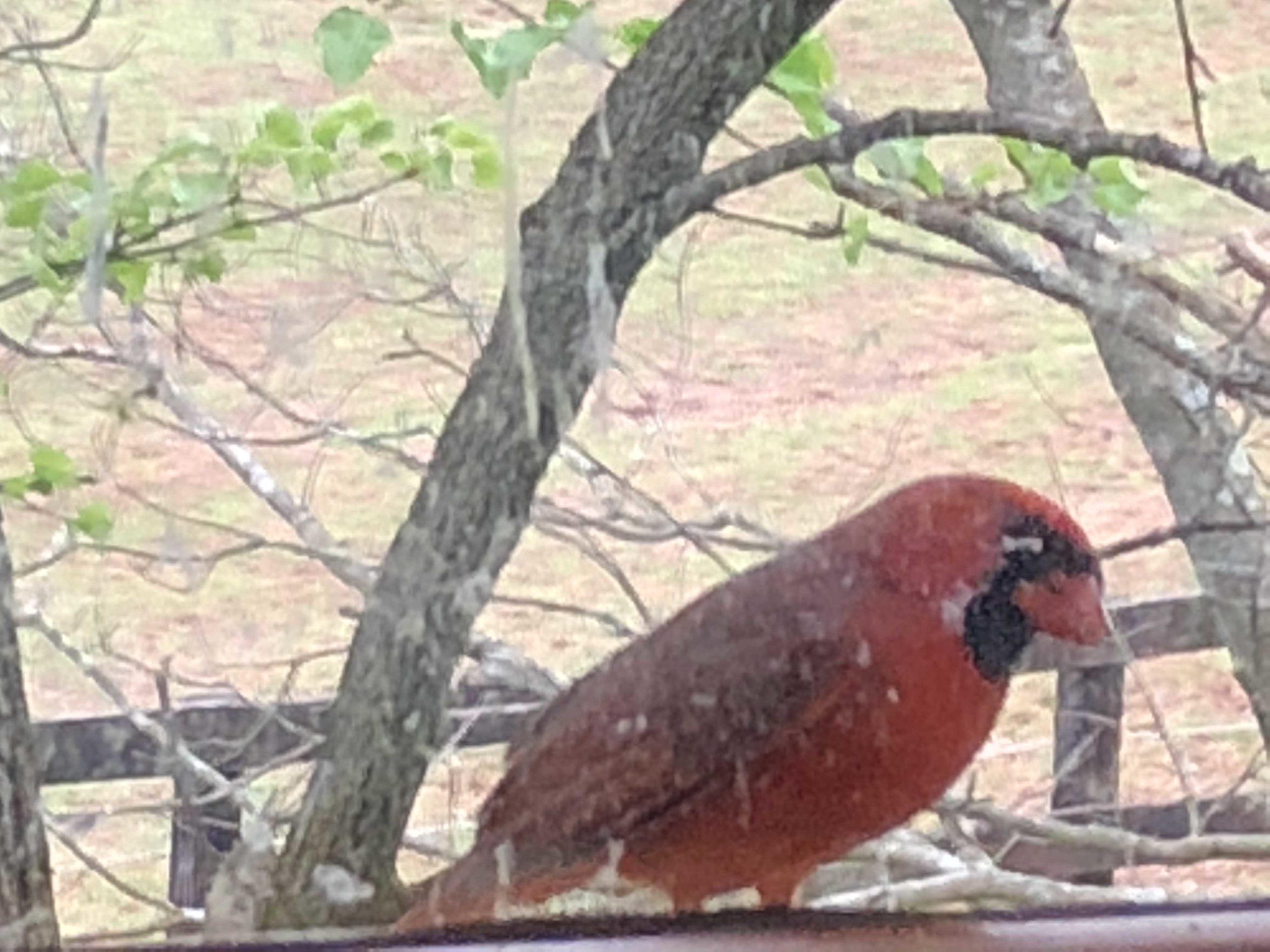
Living in Conjunction with the Land
It’s been over 10 years since I purchased this land at Imagine Equus Farm. The Fall of 2010. I took possession from the previous owners in August 2011 and moved everyone here in October of 2011. I first saw this “property” in the Fall of 2009 and immediately fell in love with it. The land. The many different forests. The creeks. The fruit trees. The little waterfall. The beautiful lush pastures. The shed row barn. The garden. The wonderfully understated house. The trails. And the magnificent trees. It was perfect in every way. I remember thinking there was everything one needed here and that I wanted to create a life where I could live off the the land.
10 years later and now I would phrase things differently. My goal is to live in conjunction with the land. A harmony rather than a taking. Sentiments and words make a difference. I like to think of the experience here as one shared with the Earth rather than just doing to it or taking from it. The trees have been an important aspect of that. My original goal was to get to know every tree on the land and what type it was. It’s a lot on 28 acres and while I have have learned many, I still oft refer back to my local tree book purchased upon my arrival. And maybe, I am better at knowing growing patterns and leaves or their seed than their name at times. And even better at knowing the feel of their bark or the powerful energy and connection shared with the land, and me, if I choose to partake.
One of the things I have always really liked about the farm is that there is a large stand of Virginia pines the the front forest which abuts the road. They are very tall and thinish, but close together so they have always provided a gorgeous view and also buffer to the road and outside world. It has had it’s own little eco system living within and was home to many animals. When I arrived the forest was thick, but I began noticing little by little some of the trees were coming down. Then a few years later we had a drought. After a summer and fall with virtually no rain, I noticed the pines appeared to be dying at a quick and alarming rate. Further inspection showed many were being infested with a pine beetle. Normally old enough and strong enough to hold them at bay, with the lack of water, the pines were falling prey to the beetles at an alarming rate in their weakened state. One of my neighbors told me that another neighbor had had an infestation in a back woods a few years back and he had ended up having to burn down that section of the forest in order to stop the spread. I contacted a local forest ranger who agreed to come out and inspect the trees and offer advise. He arrived and confirmed that it was in fact the pine beetle in the trees which was causing them to die. He also used instruments to check the age of the trees and found them to be about 50 years old and at the end of their natural life time. To my surprise his recommendation was the clear cut the trees. He sent me a list of some of the more reliable lumber cutting companies, but said I could expect a real mess with most and that one had to be careful lest the forest be destroyed. I asked about taking out half, allowing new trees to fill in and then taking out the other half a few years down the line. He said that he wouldn’t recommend this as the trees were very shallow rooted and relied on one another to stay standing when there was wind and weather. The forest ranger’s only other suggestion was to allow the trees to die naturally. After conferring with many loggers, saw mills, tree guys and other locals with relevant knowledge, I decided to go with the let things happen naturally approach. As trees come down, Horacio and I work at removing them when we can. And a few years back I hired Horacio and his cousins who worked after their day jobs for weeks taking out the dead pines and moving them to the burn pile where we kept a fire going for what seemed like several weeks. This was a better approach than paying loggers thousands to haul them off to pulp mills who might pay $100 a truck load.
What this has often meant at the farm, is that when big storms do come through, we loose at lot of trees up front. The storm Etta from the end of last October came from New Orleans way and made a weird turn right over our usually protected farm land bringing with her 60 mph and more winds. Most of our area ended up being without power and internet access for over a week due to power lines being taken out by trees. It was weird driving around almost a week later and still seeing trees lying against power lines in the air. We lost well over 20 trees in that storm and frankly are still working on cleaning up the woods. Repairs were made to the fence lines in the pastures right away and the rest has awaited a slow down with other work to be able to turn the attention there.
I have always felt a certain sadness at a tree dying. Especially prematurely or unnecessarily at the hands of man. I think of them in their majesty- hundreds of years old often. Outlasting generation after generation of humans. Here in particular I wish I could know their stories. What they saw of the Indians who used to live along the creeks or what it was like in this area during the Civil War. I look for clues in their surroundings. Did my ancestors once cross this land and feel the same energy and life that I do in wrapping my arms around her? Hundreds of years of life uprooted in one crazy storm or by a landowner fearing the same. The trees are so alive. They give so much with the oxygen they produce, their shade, their energy and grounding and even their bodies for our shelters and other needs. So it is with that mindset that I feel sad when a tree is taken down.
On the farm we have always tried to use and reuse anything we can rather than just throwing things out. The sap and oils in the Virginia pine are such that it is dangerous to burn them in the fireplace or wood stove. So the most cost efficient way to remove the pines from the front forest has been to burn them in the burn pile. It has bothered me a bit and so I have tried to have large gatherings or save the pile to burn at retreats where their heat and cleansing properties and magical dances can be fully appreciated. Fast forward to now…we have found a small saw mill that will run logs through to make boards at a very reasonable rate. The cost of lumber has gone up 130% since last April per the National Association of Home Builders and I have certainly seen it with our local suppliers. It’s still a lot of work to get all of the branches etc off of the trees to get them to just the log, but we are doing it as time allows. Then hauling them to the saw mill. Today I am so excited to report that the lumber from these recently fallen trees just came back and is beautiful! Horacio picked up the load which will go to build a tool and equipment shed at his house. Tomorrow we load the next logs which will eventually become the interior to Romeo’s barn and the new boards for the arena. I feel so happy knowing that these trees will live on providing shelter and for other wonderful uses at the farm they have so generously graced and overseen these past 60 years.

Pines down in the front forest after Etta

pines knocked down by storm Etta

New lumber made from the trees downed by our last big storm


